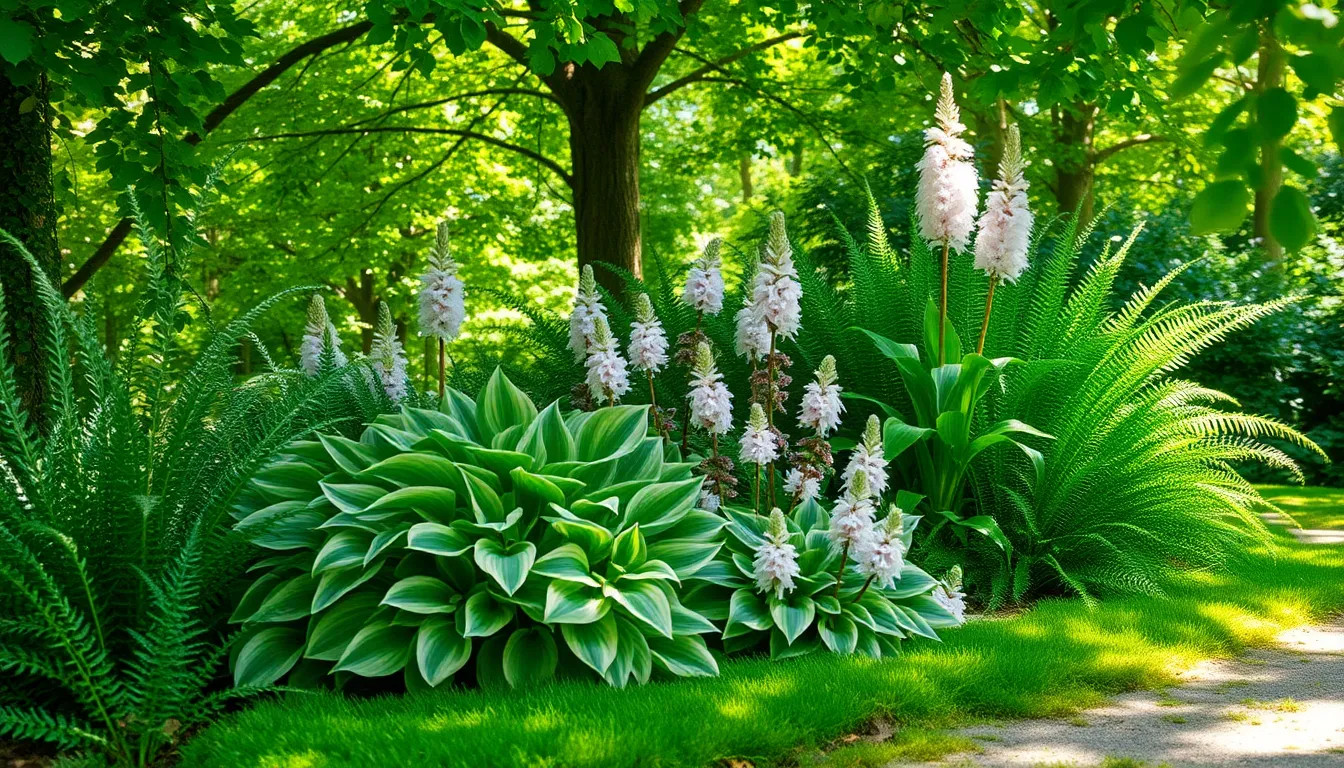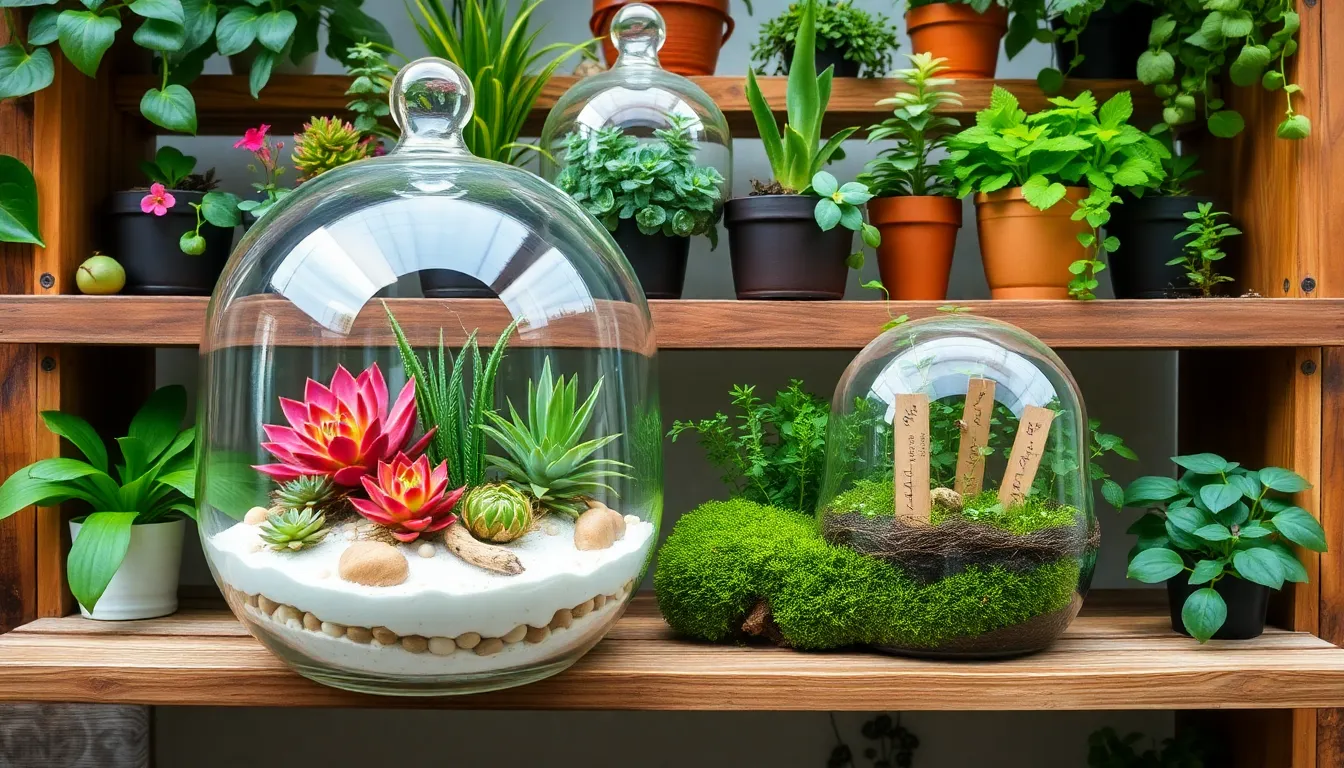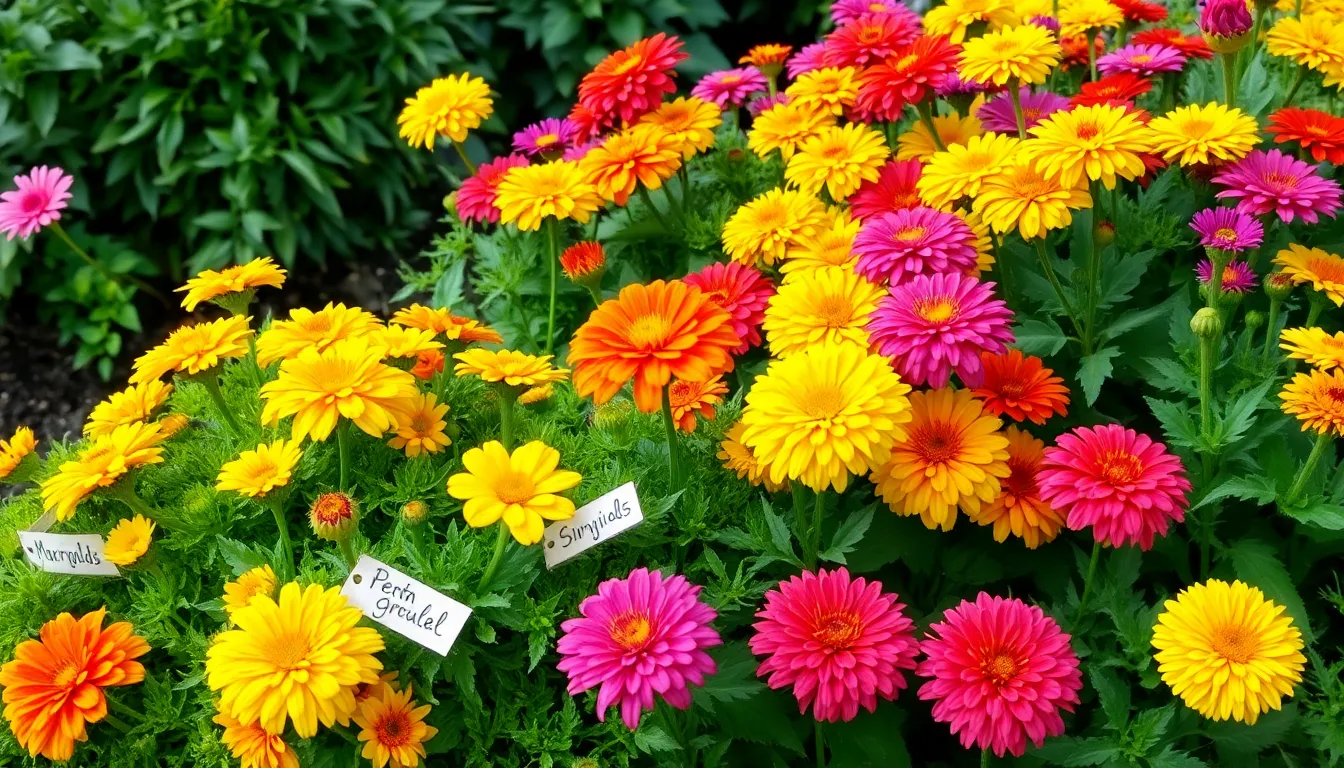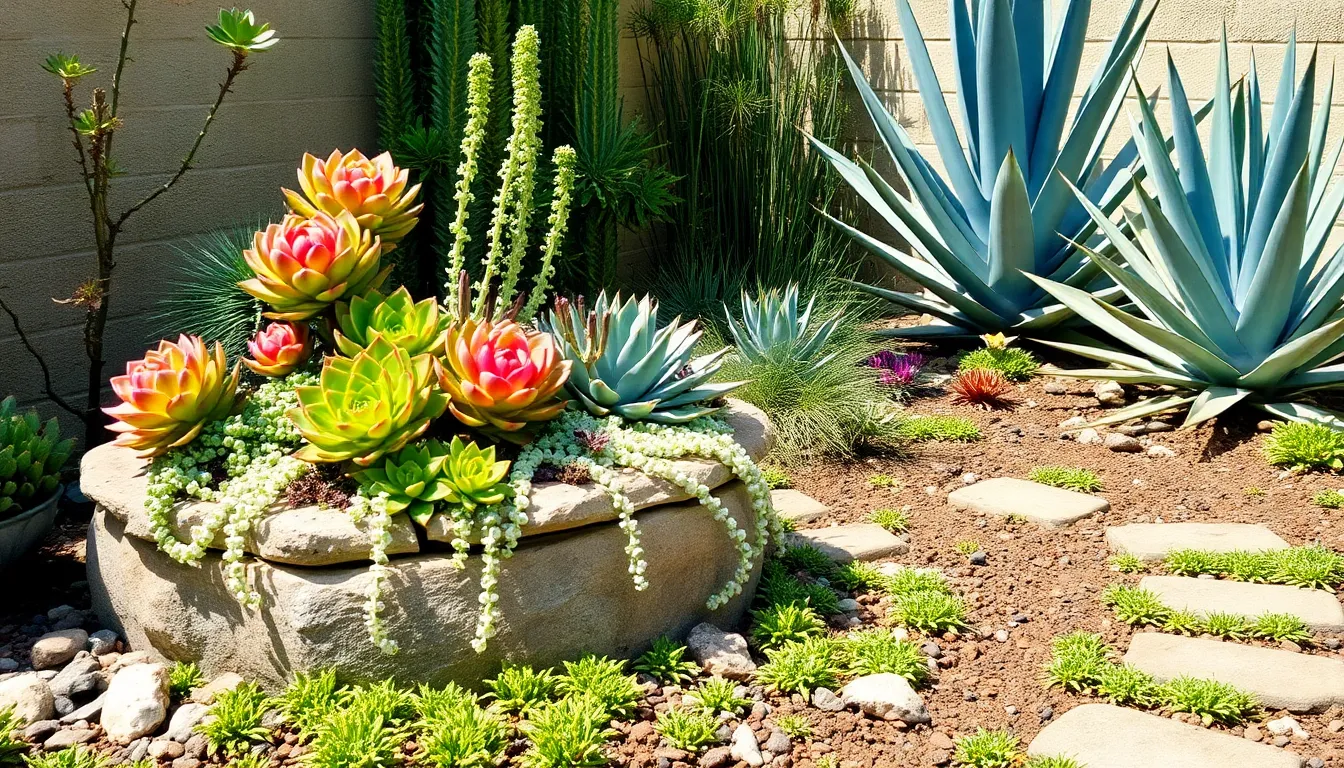Welcome to a world where shade transforms from a gardening challenge into a canvas for lush, vibrant beauty! Whether you’re just planting your first garden or have years of dirt under your nails, “Best Outdoor Plants for Shade” offers a treasure trove of possibilities to invigorate those often overlooked shady spots. This guide will introduce you to a diverse collection of plants that thrive without direct sunlight, turning your shady corners into thriving sanctuaries.
For both seasoned green thumbs and enthusiastic novices, the right plant selection can turn a tricky patch into a serene retreat or a show-stopping feature. In this guide, you’ll find practical tips and plant recommendations that promise to inspire confidence, ensuring that your shaded spaces become a source of pride and joy. So, let’s embark on this gardening adventure together, where even the darkest corners of your garden can burst with life and color!
Hosta Plants (Lush Foliage for Shady Areas)
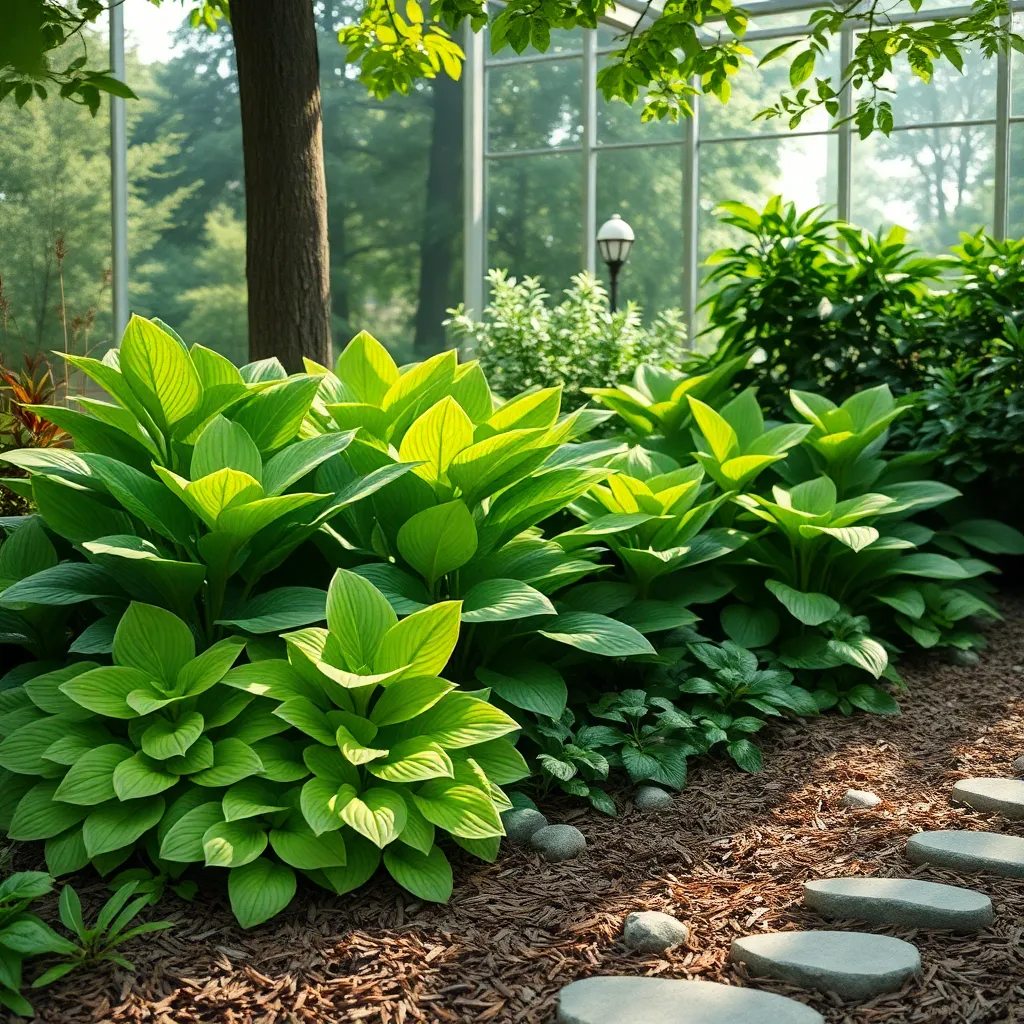
Hosta plants are an excellent choice for gardeners looking to fill shady areas with lush, vibrant foliage. Known for their attractive leaves, hostas come in a variety of sizes and colors, making them a versatile option for any garden.
When planting hostas, it’s essential to choose a location with partial to full shade, as too much sun can scorch their leaves. These plants thrive in well-draining soil enriched with organic matter like compost, which helps retain moisture.
Watering is crucial for hostas, especially during dry spells, as they prefer consistently moist soil. A layer of mulch around the base of the plants can help conserve moisture and keep the roots cool, providing an ideal environment for growth.
For those looking to optimize their hosta care, dividing the plants every three to four years can encourage more vigorous growth. This process is best done in the early spring or fall, and it helps prevent overcrowding while allowing you to propagate new plants.
Ferns (Low-Maintenance Greenery for Dim Corners)
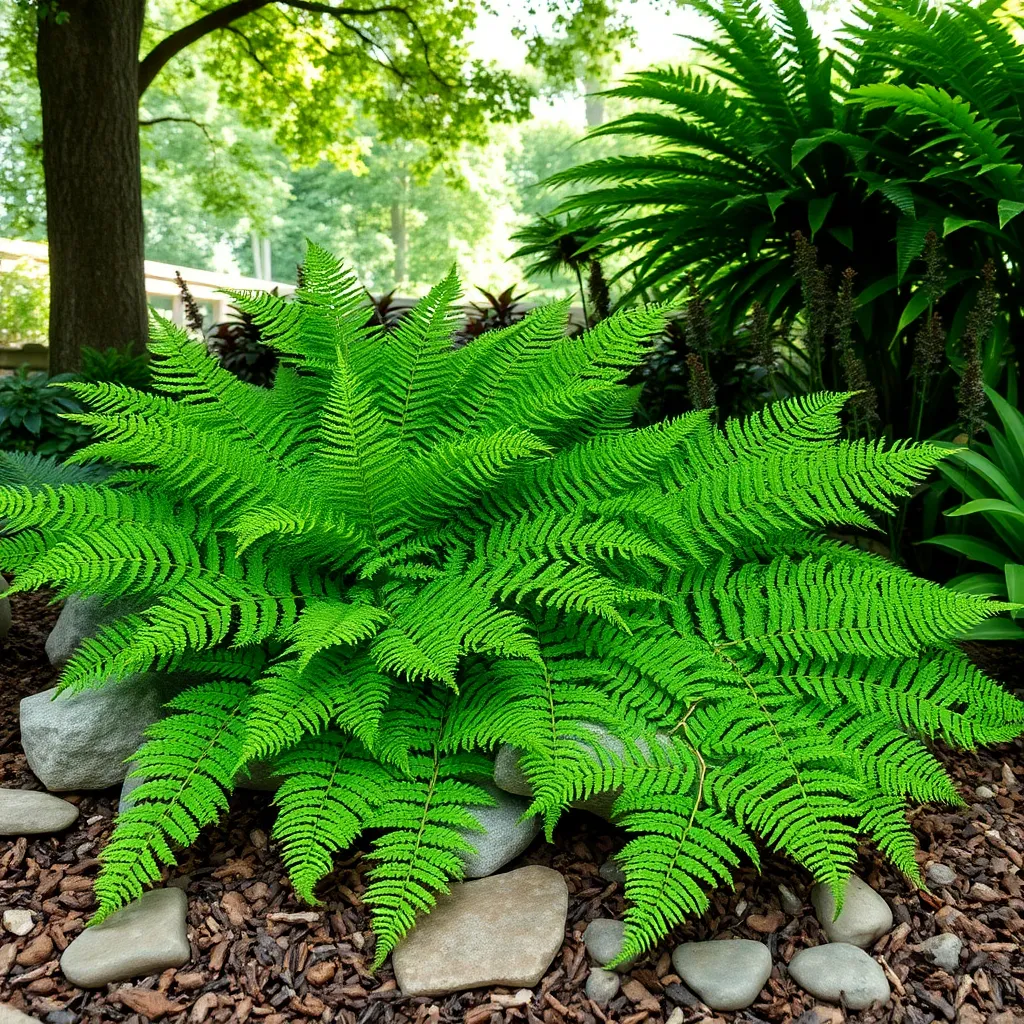
Ferns are a fantastic choice for gardeners seeking low-maintenance greenery for dim corners of their outdoor spaces. They thrive in shady environments, making them perfect for areas where other plants might struggle to grow.
To successfully grow ferns, it’s important to provide them with well-draining, rich soil. A mix that includes plenty of organic material, such as compost or peat moss, will help maintain the moisture levels these plants love.
Watering is key to keeping your ferns healthy and lush. These plants prefer consistently moist soil, so aim to water them at least once a week, adjusting frequency based on rainfall and humidity levels.
For those looking to add a touch of variety, consider planting different fern species together. Varieties such as the Japanese Painted Fern and the Lady Fern can offer contrasting textures and colors, enhancing the visual appeal of your shady garden area.
Astilbe (Vibrant Blooms in Dappled Light)
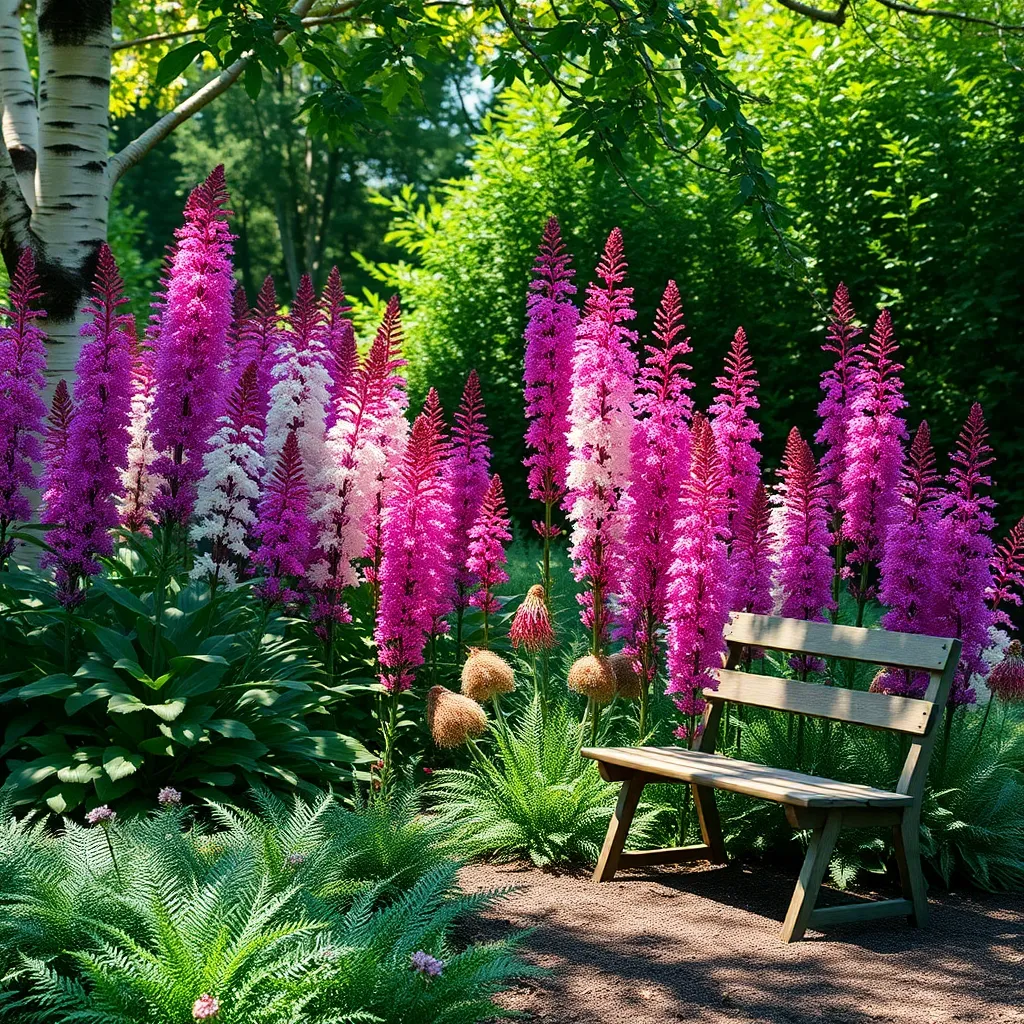
Astilbe, known for its vibrant blooms, thrives in shaded gardens, bringing color to areas with dappled light. These plants prefer moist, well-drained soil with a slightly acidic to neutral pH, making them an ideal choice for gardeners aiming to brighten up shaded spots.
To achieve the best results, plant astilbe in a location that receives partial to full shade, ensuring they avoid the harsh mid-day sun. Regular watering is crucial, especially during dry spells, as astilbe prefers consistently moist soil to produce its showy plumes.
For optimal growth, enrich the soil with organic matter like compost or well-rotted manure before planting. This not only enhances soil fertility but also improves its moisture retention, which astilbe appreciates.
Advanced gardeners might consider dividing astilbe clumps every three to four years to encourage vigorous growth and prevent overcrowding. This practice helps maintain plant health and ensures a continuous display of lush, colorful flowers.
Coral Bells (Colorful Leaves for Low Light)
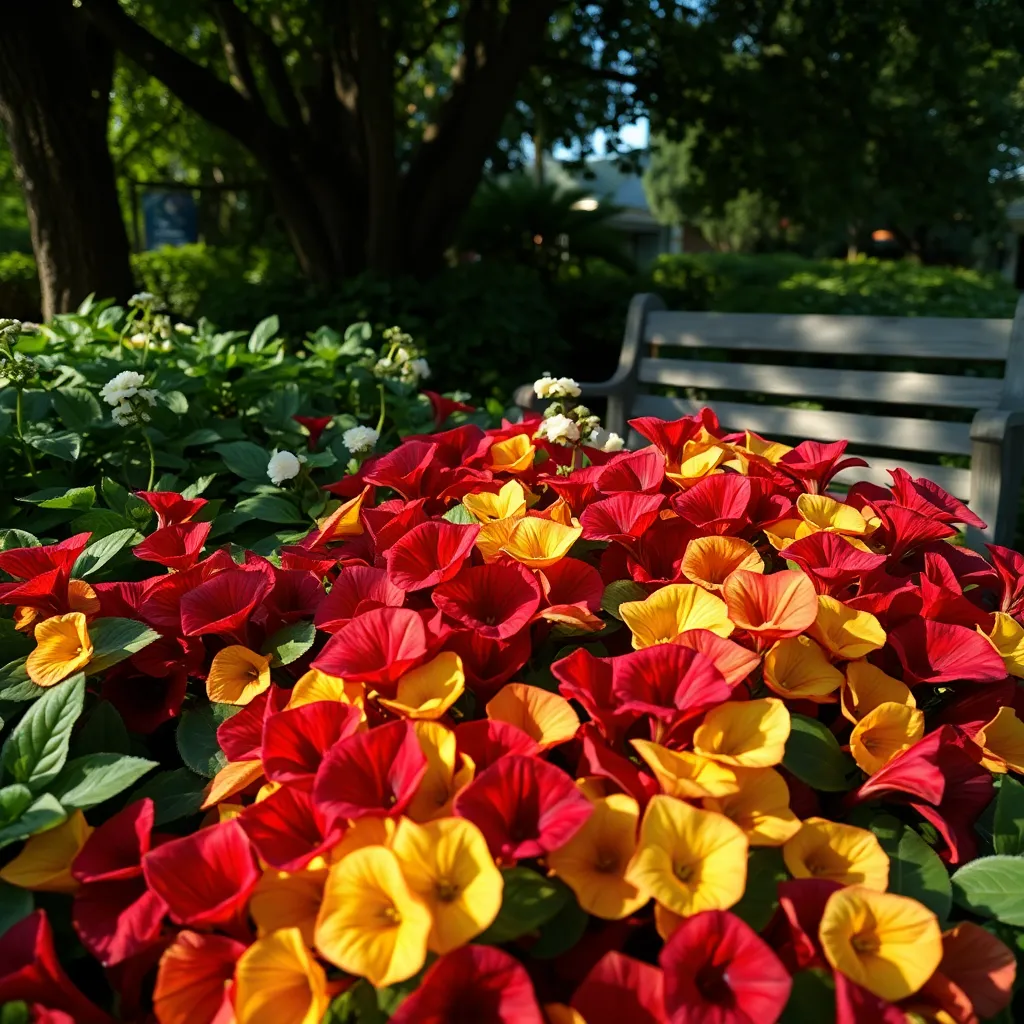
Coral Bells, known for their stunning foliage, are perfect for adding colorful interest to shady garden spots. These plants thrive in partial to full shade, making them ideal for areas where sunlight is limited.
To keep your Coral Bells healthy and vibrant, plant them in well-draining soil enriched with organic matter. Consistent moisture is key, so water them regularly, especially during dry spells.
For beginners, it’s important to ensure the soil remains slightly moist but not waterlogged. Advanced gardeners might consider dividing mature plants every 3 to 4 years in early spring to maintain their vigor and encourage new growth.
Mulching around the base of Coral Bells can help retain soil moisture and keep roots cool. Regularly remove spent leaves to promote fresh growth and enhance the plant’s overall appearance.
Hydrangeas (Shade-Tolerant Blooms with Big Impact)
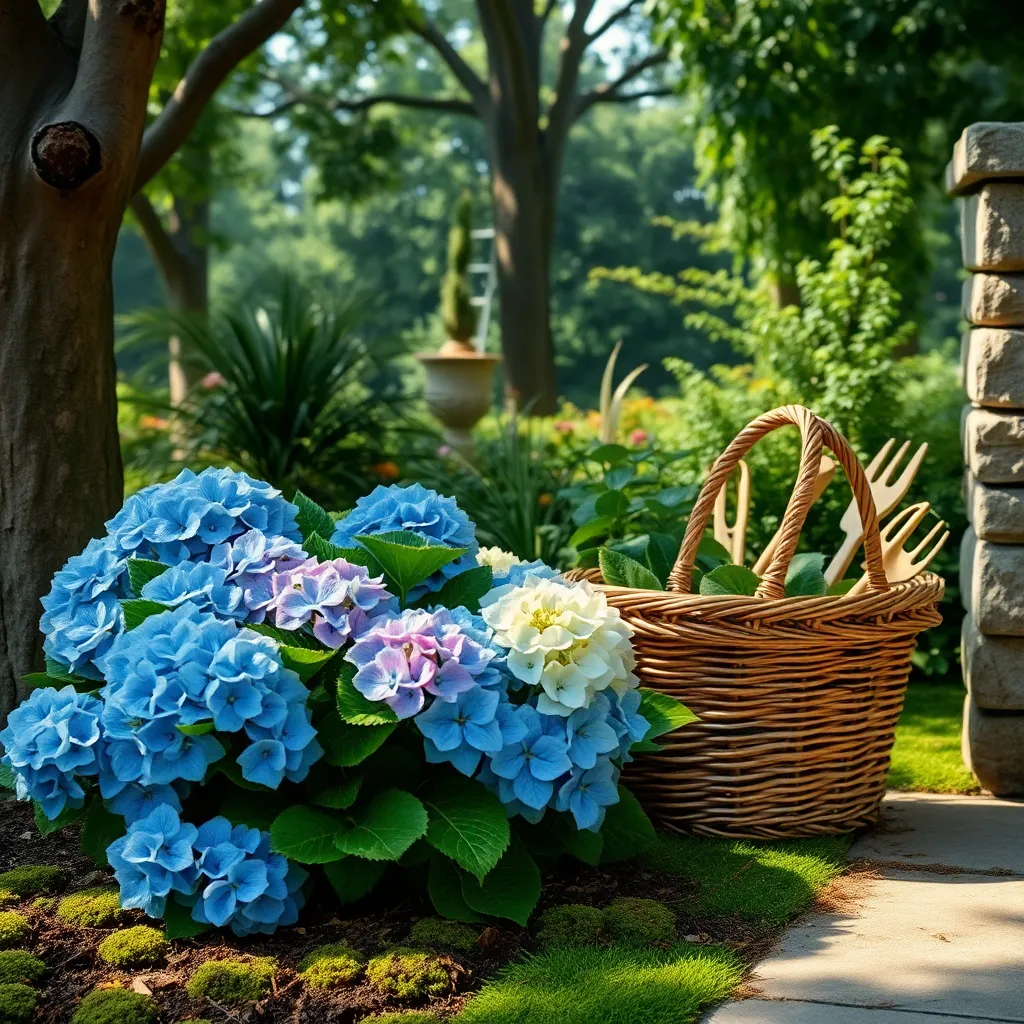
Hydrangeas are a wonderful choice for bringing vibrant blooms to shaded garden areas. These versatile plants thrive in partial to full shade, making them ideal for spots where sunlight is limited. To ensure your hydrangeas flourish, plant them in well-draining soil rich in organic matter. A mix of compost and loam will provide the perfect environment for their roots to thrive.
Watering hydrangeas consistently is crucial, especially during dry spells. Aim to keep the soil evenly moist, but be careful not to overwater, as these plants do not like soggy conditions. For beginners, hydrangeas are relatively low-maintenance once established, needing only occasional pruning to remove spent blooms and deadwood. Advanced gardeners might explore adjusting soil pH to influence bloom color, with acidic soils yielding blue flowers and alkaline soils producing pink hues.
A layer of mulch around the base of the plants helps retain moisture and suppress weeds, contributing to healthier growth. Additionally, feeding hydrangeas with a balanced, slow-release fertilizer in early spring can boost their flowering potential. For those in colder climates, consider winter protection by covering the base with mulch or burlap to prevent frost damage. By following these simple guidelines, gardeners can enjoy the lush, dramatic impact of hydrangeas throughout the growing season.
Conclusion: Growing Success with These Plants
In exploring the best outdoor plants for shade, we’ve delved into five key relationship concepts that parallel the nurturing of both gardens and connections. First, understand the importance of compatibility, much like selecting shade-loving plants that thrive in their environment. Second, recognize the value of patience, as both relationships and plants require time to grow. Third, embrace the art of communication, akin to understanding your garden’s needs for water and sunlight. Fourth, prioritize adaptability, just as plants adjust to varying conditions. Lastly, commit to consistent care, ensuring the longevity of your garden and relationships alike.
As a next step, take a moment to identify one area in your relationship that could benefit from a little extra nurturing. Implement a small, meaningful gesture today to reinforce your bond.
Remember, relationships, much like gardens, flourish with attention and care. Bookmark this article as your go-to guide for maintaining and enriching your connections. By doing so, you’ll be equipped to cultivate a thriving relationship landscape.
Look forward to a future where your relationships are as vibrant and resilient as the most beautiful shade garden. Empower yourself to nurture both and watch them flourish.

